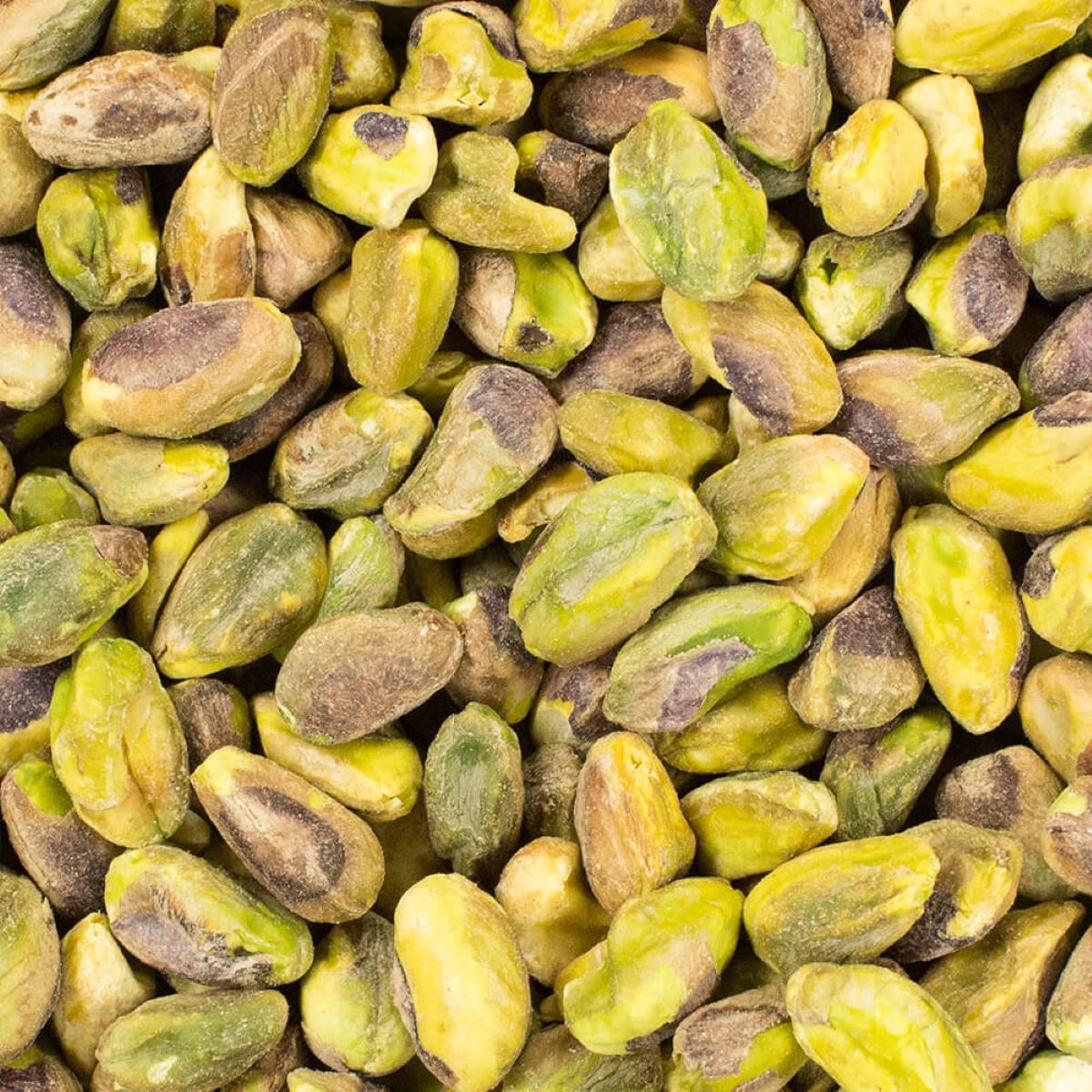

Articles
How To Store Shelled Pistachios
Modified: December 7, 2023
Looking for articles on how to store shelled pistachios? Discover easy and effective tips to keep your pistachios fresh and flavorful with our helpful guide.
(Many of the links in this article redirect to a specific reviewed product. Your purchase of these products through affiliate links helps to generate commission for Storables.com, at no extra cost. Learn more)
Introduction
Storing shelled pistachios properly is essential to maintain their freshness and flavor. Whether you have recently bought a bulk supply of shelled pistachios or want to store them for an extended period, following the right storage techniques will help preserve their quality.
In this article, we will explore the benefits of storing shelled pistachios, how to choose the right storage container, and the best practices for keeping the pistachios in a cool, dry place. Additionally, we will discuss the importance of avoiding exposure to light and moisture, the use of airtight containers for long-term storage, and the option of freezing shelled pistachios. Finally, we will touch upon the importance of checking for freshness before consuming them.
By following the tips outlined in this article, you can ensure that your shelled pistachios remain fresh and delicious for an extended period.
Key Takeaways:
- Preserve the Flavor: Store shelled pistachios in airtight containers, away from light and moisture, to extend their shelf life and savor their natural taste in various recipes.
- Enjoy Freshness: Check for vibrant color, nutty aroma, firm texture, and sweet taste to ensure the freshness of shelled pistachios before consuming, enhancing your snacking experience.
Read more: How To Store Pistachios In The Shell
Benefits of Storing Shelled Pistachios
Properly storing shelled pistachios offers several benefits, making it worth the effort to ensure their freshness and flavor. Here are some key benefits of storing shelled pistachios:
- Extended Shelf Life: Storing shelled pistachios in the right conditions can significantly extend their shelf life. This allows you to enjoy them over a longer period without worrying about them going stale or losing their taste.
- Cost Savings: Buying pistachios in bulk is often more cost-effective than purchasing smaller quantities. By storing shelled pistachios properly, you can take advantage of bulk buying and save money in the long run.
- Convenience: Shelled pistachios are ready to eat and convenient for snacking or adding to dishes. When you store them properly, you always have a healthy and delicious option available for a quick and satisfying snack.
- Preservation of Nutritional Value: Pistachios are rich in essential nutrients such as protein, fiber, healthy fats, vitamins, and minerals. Proper storage helps preserve the nutritional value of the pistachios, ensuring that you receive the maximum benefits when consuming them.
- Flavor Retention: Shelled pistachios have a unique and delightful flavor. By storing them properly, you can retain their distinct taste, allowing you to savor their natural flavor in every bite.
- Versatility in Recipes: Stored shelled pistachios can be used in a variety of recipes, including salads, baked goods, granola bars, and more. Having a supply of fresh pistachios on hand enables you to experiment with different dishes and enjoy their versatility in the kitchen.
By understanding the benefits of storing shelled pistachios, you can appreciate the value of proper storage techniques and make the most out of your pistachio supply.
Choosing the Right Storage Container
When it comes to storing shelled pistachios, choosing the right storage container is crucial to maintain their freshness and quality. Here are some factors to consider when selecting a storage container:
- Airtight Seal: Opt for containers with airtight seals to prevent air from entering and causing the pistachios to go stale. A tight seal helps preserve their flavor and prevents moisture from seeping in, which could lead to mold or spoilage.
- Material: Choose containers made of materials that are durable, food-grade, and non-reactive. Glass jars or plastic containers with BPA-free lids are excellent choices, as they do not transfer any unwanted flavors or chemicals to the pistachios.
- Size: Consider the quantity of pistachios you need to store and choose a container that can accommodate the desired amount. It’s better to have containers with a little extra space to avoid overcrowding and crushing the pistachios.
- Transparency: Opt for containers that are transparent or allow for easy labeling. This allows you to see the pistachios inside without opening the container and helps you keep track of their freshness and quantity.
- Reusability: Look for containers that are reusable and easy to clean. This way, you can use the same containers for storing pistachios multiple times, reducing waste and ensuring proper hygiene.
- Stackable Design: If you have limited storage space, consider containers with a stackable design. This allows you to make the most efficient use of your pantry or cabinet space and keeps your storage area neat and organized.
By considering these factors when choosing a storage container, you can ensure that your shelled pistachios are stored in the optimal conditions for preserving their freshness and flavor.
Keeping Shelled Pistachios in a Cool and Dry Place
Proper storage conditions play a critical role in maintaining the freshness and quality of shelled pistachios. Keeping them in a cool and dry place is essential to ensure their longevity. Here’s how to create an ideal storage environment:
- Temperature: Pistachios are best stored in a cool environment, preferably between 50-60°F (10-15°C). Avoid exposing them to high temperatures, as heat can accelerate the process of rancidity. Keep them away from heat sources like stoves and direct sunlight.
- Humidity: Moisture is the enemy of shelled pistachios, as it can lead to mold growth and spoilage. Store them in a dry environment with humidity levels below 60%. Avoid storing them in areas prone to moisture, such as the kitchen near the sink or bathroom.
- Avoiding Fluctuations: It’s best to store shelled pistachios in an area with stable temperature and humidity, as drastic fluctuations can affect their quality. Avoid placing them in areas that experience frequent temperature changes, such as near heating vents or in a garage.
- Away from Odor Absorbing Items: Pistachios have a delicate flavor that can easily absorb odors from the surrounding environment. Keep them away from strong-smelling items like spices, cleaning products, or perfumes to prevent any unwanted flavors from transferring to the pistachios.
- Proper Ventilation: Ensure that the storage area has proper ventilation to allow air circulation. This helps prevent any moisture buildup and maintains the pistachios’ freshness. Avoid storing them in airtight containers without any ventilation.
- Separate from Other Foods: Store shelled pistachios separately from other food items, especially those with strong odors or high moisture content. This prevents cross-contamination and helps maintain the distinct flavor and quality of the pistachios.
By following these guidelines and storing shelled pistachios in a cool and dry place, you can prolong their freshness, flavor, and shelf life, ensuring that they remain a delicious and healthy snack for months to come.
Avoiding Exposure to Light and Moisture
Light and moisture can have a detrimental effect on the quality and freshness of shelled pistachios. It is important to protect them from these factors to ensure their optimal condition. Here’s how to avoid exposure to light and moisture:
- Store in a Dark Area: Pistachios are sensitive to light, especially direct sunlight. Exposure to light can cause them to become rancid and lose their flavor. Store shelled pistachios in a dark area, such as a pantry or cupboard, away from any sources of light.
- Use Opaque or Tinted Containers: If you choose to store pistachios in containers, opt for opaque or tinted ones. These containers help block out light and maintain the pistachios’ freshness for a longer period. Clear containers should be avoided unless they are kept in a dark area.
- Avoid Moisture-prone Areas: Moisture is a common enemy in maintaining the quality of pistachios. Avoid storing them in areas that are prone to high humidity, such as the kitchen near sinks or windows. Moisture can lead to mold growth or spoilage, affecting the taste and texture of the pistachios.
- Use Moisture Absorbers: To further protect shelled pistachios from moisture, consider using moisture absorbers like silica gel packets. These packets help remove excess moisture from the storage environment, keeping the pistachios dry and in optimal condition.
- Avoid Refrigeration: Refrigeration is not recommended for storing shelled pistachios, as it can introduce moisture into the nuts. The fluctuating temperatures inside the refrigerator can also affect the texture and taste of the pistachios.
- Reseal Bags or Containers: If the pistachios come in resealable bags, make sure to properly seal them after each use. If using containers, ensure that the lids are tightly sealed to prevent any exposure to light and moisture.
By taking precautions to avoid exposure to light and moisture, you can ensure that your shelled pistachios remain fresh, flavorful, and enjoyable to consume.
Store shelled pistachios in an airtight container in the refrigerator to maintain their freshness and prevent them from becoming rancid.
Read more: How To Store Pistachio Nuts
Using Airtight Containers for Long-Term Storage
For long-term storage of shelled pistachios, using airtight containers is crucial to maintain their freshness and quality. Airtight containers create a barrier against oxygen, which can cause pistachios to become stale or rancid over time. Here’s how to effectively use airtight containers for long-term storage:
- Choose the Right Container: Select a container that is specifically designed to be airtight. Glass jars with rubber gaskets or containers with airtight silicone seals are excellent choices. Ensure that the container is clean and thoroughly dry before transferring the pistachios into it.
- Properly Fill the Container: Fill the container with shelled pistachios, leaving some headspace at the top. It is important not to overcrowd the container, as pistachios can release natural oils that may cause them to become rancid if they are compressed too tightly.
- Remove Excess Air: Before sealing the container, try to remove as much air as possible. One method is to use a vacuum sealer, which removes all the air from the package. Alternatively, gently tap the container to allow any trapped air bubbles to rise to the surface, then press down the pistachios to eliminate excess air.
- Seal Tightly: Ensure that the container is sealed tightly to prevent any air from entering. Double-check the lid or closure mechanism to make sure it is properly secured. This will create airtight conditions, protecting the pistachios from oxidation and maintaining their freshness.
- Label and Date: It is essential to label the container with the date of storage. This will help you keep track of how long the pistachios have been stored and ensure you consume the oldest batch first. Use adhesive labels or write directly on the container for easy reference.
- Store in a Cool Place: Place the airtight container of shelled pistachios in a cool, dry area, away from light and moisture. A pantry or cupboard is an ideal storage location. Make sure the temperature remains stable and does not fluctuate too much, as this can affect the pistachios’ quality.
By using airtight containers for long-term storage, you can prolong the shelf life and preserve the freshness of shelled pistachios, ensuring that they remain flavorful and enjoyable for an extended period.
Freezing Shelled Pistachios
Freezing shelled pistachios is an excellent option for long-term storage, especially if you have a large quantity that you want to preserve. Freezing helps retain the freshness, flavor, and nutritional value of the pistachios. Here’s how to freeze shelled pistachios effectively:
- Preparation: Start by ensuring that the shelled pistachios are clean and dry. Remove any debris or shells and place them in a freezer-safe container or airtight freezer bag.
- Portioning: Consider portioning the pistachios into smaller quantities before freezing. This allows you to thaw only the amount you need, preventing unnecessary thawing and refreezing of the pistachios.
- Air Removal: If using a freezer bag, try to remove as much air as possible before sealing. This helps prevent freezer burn and maintains the quality of the pistachios. An alternative method is to use a vacuum sealer for a more airtight seal.
- Labeling: To easily identify the frozen pistachios, label the container or bag with the date of freezing. This ensures that you can keep track of their freshness and consume the oldest batch first.
- Freezing Process: Place the sealed container or bag of pistachios in the coldest part of the freezer. Ensure that they are not stacked or crushed, allowing for proper airflow around them.
- Thawing: When you’re ready to use the frozen pistachios, transfer the desired portion to a bowl or container and let them thaw at room temperature for a few hours. Alternatively, you can thaw them overnight in the refrigerator. Avoid thawing and refreezing the pistachios repeatedly, as this can affect their texture and taste.
It’s important to note that freezing shelled pistachios may cause slight changes in texture, but their flavor and nutritional value will remain intact. Frozen pistachios can be enjoyed as a snack or used in various recipes, such as baking, cooking, or adding them to smoothies or salads.
Remember to keep the remaining pistachios stored in the freezer promptly after removing the desired portion to avoid unnecessary thawing. When properly frozen and thawed, shelled pistachios can maintain their quality for up to one year.
By following these steps, you can effectively freeze shelled pistachios and enjoy their deliciousness throughout the year.
Checking for Freshness before Consuming
Before enjoying shelled pistachios, it’s important to check for freshness to ensure their quality and taste. Here are some key factors to consider when assessing the freshness of pistachios:
- Appearance: Fresh pistachios should have a vibrant green or yellowish hue. Avoid pistachios that appear dull, discolored, or have a brownish tint, as these may indicate spoilage or rancidity.
- Aroma: Give the pistachios a gentle sniff. They should have a sweet, nutty aroma. If you detect any off or stale smells, it’s best to discard them, as this can indicate that they have gone bad.
- Texture: Fresh pistachios should have a firm texture. Squeeze a few pistachios between your fingers; they should feel solid and not overly soft or mushy. Avoid pistachios that feel limp or have a rubbery texture.
- Taste: Taste a couple of pistachios to assess their flavor. Fresh pistachios should have a mildly sweet and nutty taste. If they taste bitter, rancid, or have an unpleasant aftertaste, it’s best to dispose of them.
- Breakage: Examine the pistachio shells for signs of extensive breakage or cracks. While some minor shell breakage is common, excessive breakage can be a sign of improper storage or older pistachios.
- Expiration Date: Check the expiration or best-by date on the packaging, if available. While pistachios can still be consumed after the expiration date, it’s best to ensure they are within the recommended period for the best taste and quality.
If the shelled pistachios pass these freshness checks, they are safe to consume and enjoy. However, if you notice any specific signs of spoilage, such as an unpleasant odor, mold growth, or a rancid taste, it’s crucial to discard them to avoid any potential health risks.
Remember, proper storage and handling techniques, such as keeping the pistachios in a cool, dry place and using airtight containers, can help prolong their freshness and ensure a more enjoyable snacking experience.
By following these guidelines and checking for freshness, you can confidently savor the deliciousness of shelled pistachios while ensuring their quality and safety.
Conclusion
Proper storage of shelled pistachios is essential to maintain their freshness, flavor, and quality over an extended period. By following the guidelines outlined in this article, you can preserve the delicious taste and nutritional value of your pistachios. Remember the key steps:
- Choose the right storage container, preferably one that is airtight.
- Keep shelled pistachios in a cool and dry place, away from light and moisture.
- Avoid exposure to light and moisture to prevent mold growth and rancidity.
- Consider using airtight containers for long-term storage to protect against oxidation.
- Freezing shelled pistachios is an excellent option for preserving them for a longer period.
- Always check the pistachios for freshness before consuming to ensure quality.
By implementing these storage techniques and checking for freshness, you can enjoy the delightful taste, texture, and nutritional benefits of shelled pistachios for months to come.
Remember, proper storage not only extends the shelf life of your pistachios but also allows you to take advantage of bulk buying, save money, and have a convenient, healthy snack option readily available.
Whether you’re enjoying shelled pistachios as a quick snack or incorporating them into your favorite recipes, proper storage ensures that you can fully appreciate their natural flavors and reap the nutritional benefits they offer.
So, follow these best practices, savor the freshness, and indulge in the delightful crunch of shelled pistachios as a delicious and nutritious addition to your snacking and culinary adventures!
Frequently Asked Questions about How To Store Shelled Pistachios
Was this page helpful?
At Storables.com, we guarantee accurate and reliable information. Our content, validated by Expert Board Contributors, is crafted following stringent Editorial Policies. We're committed to providing you with well-researched, expert-backed insights for all your informational needs.
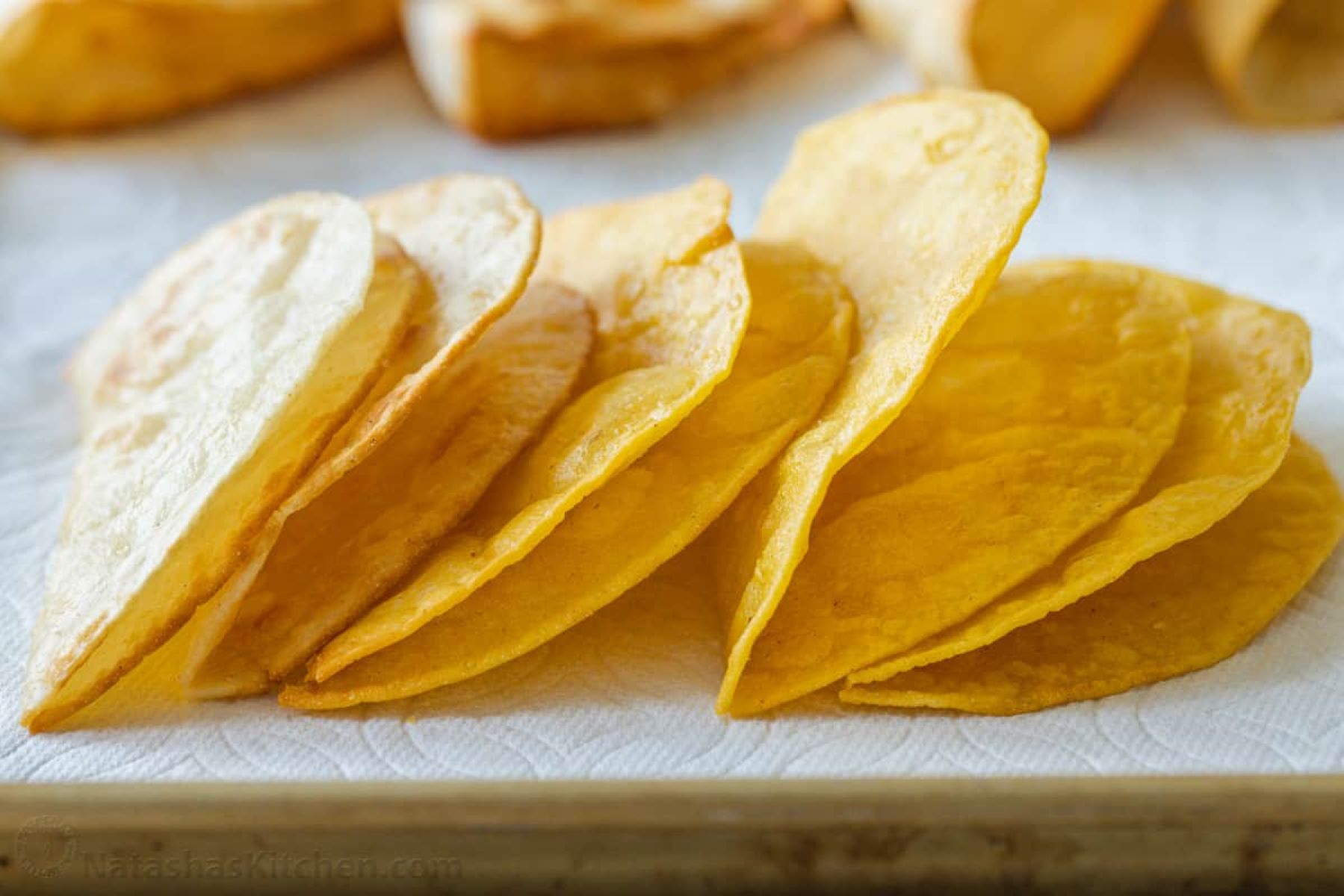
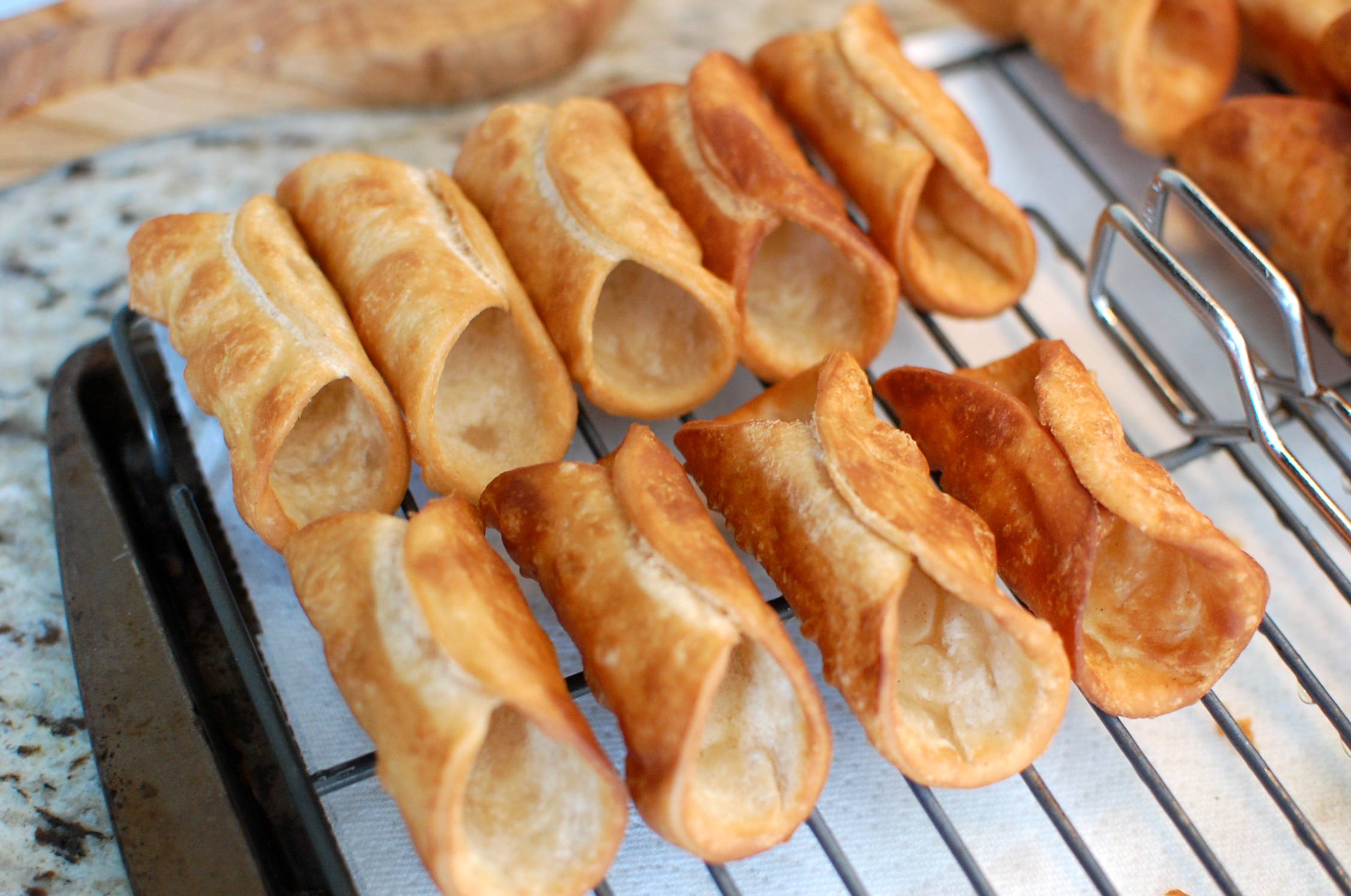
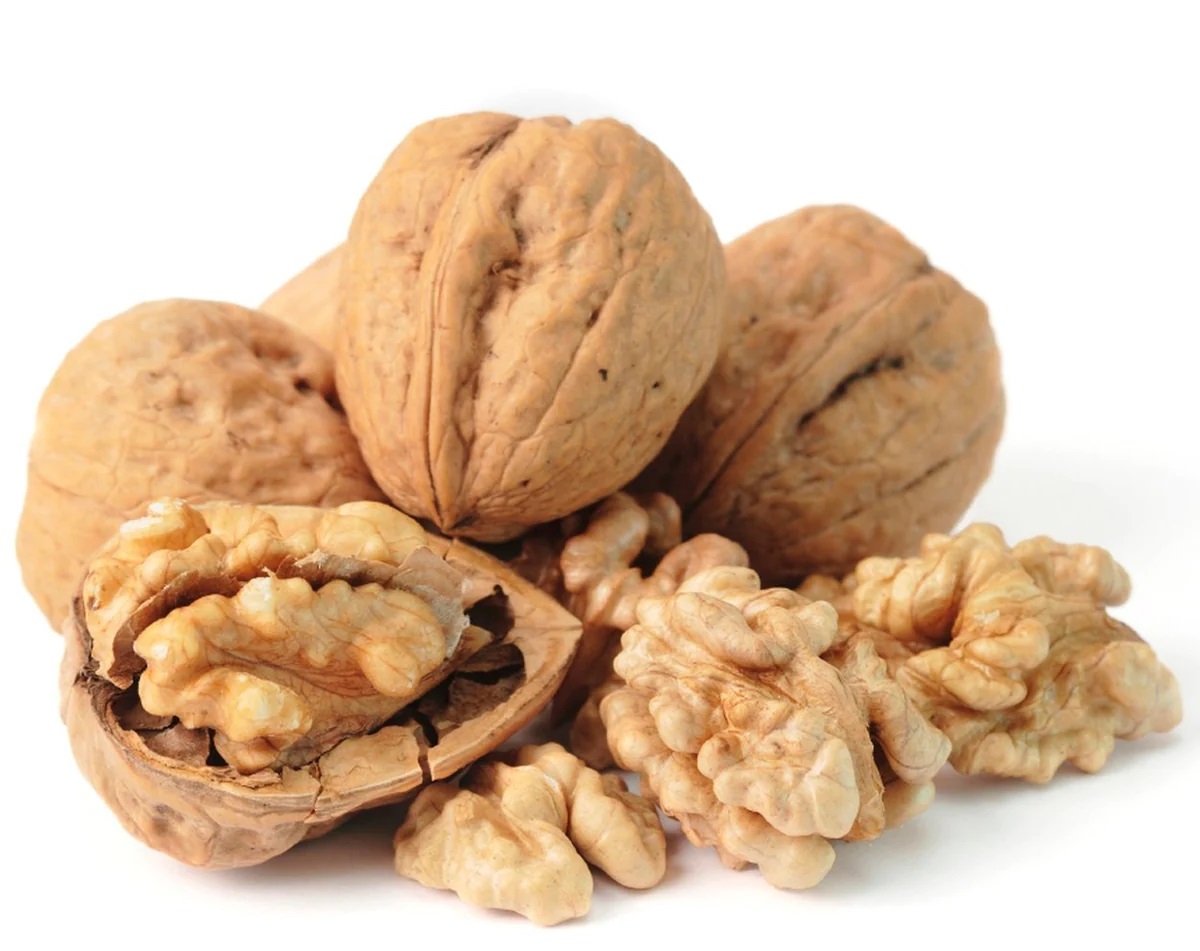

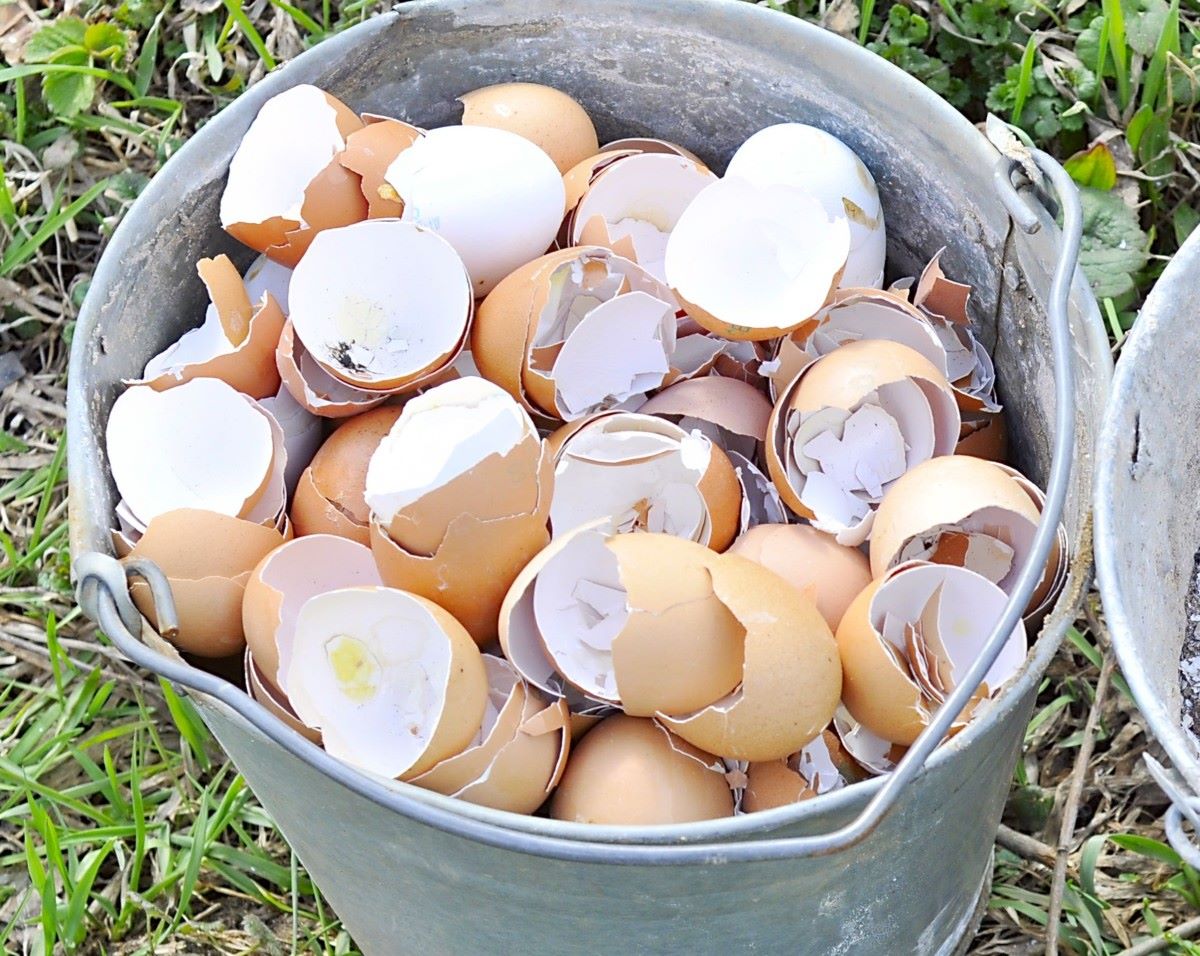
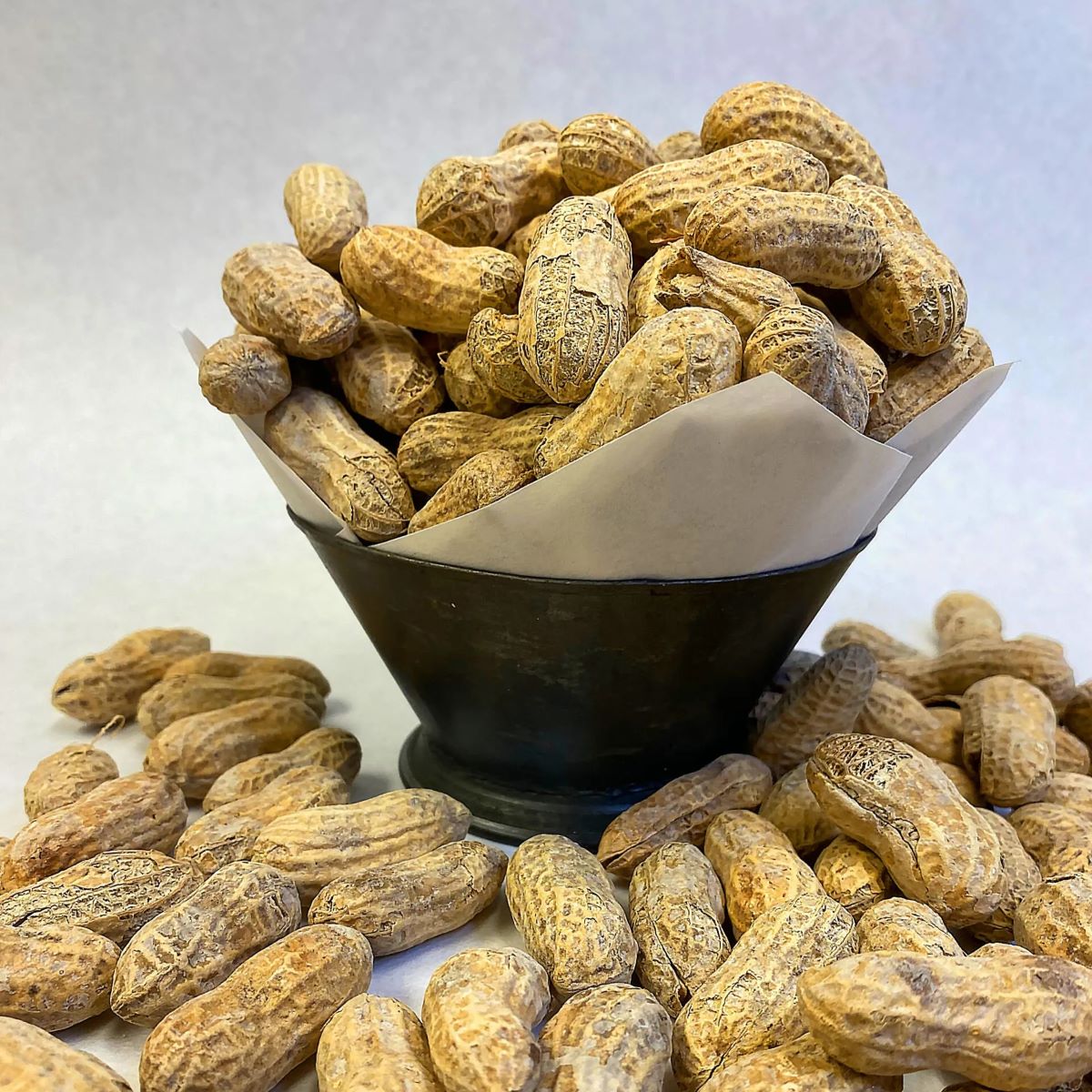
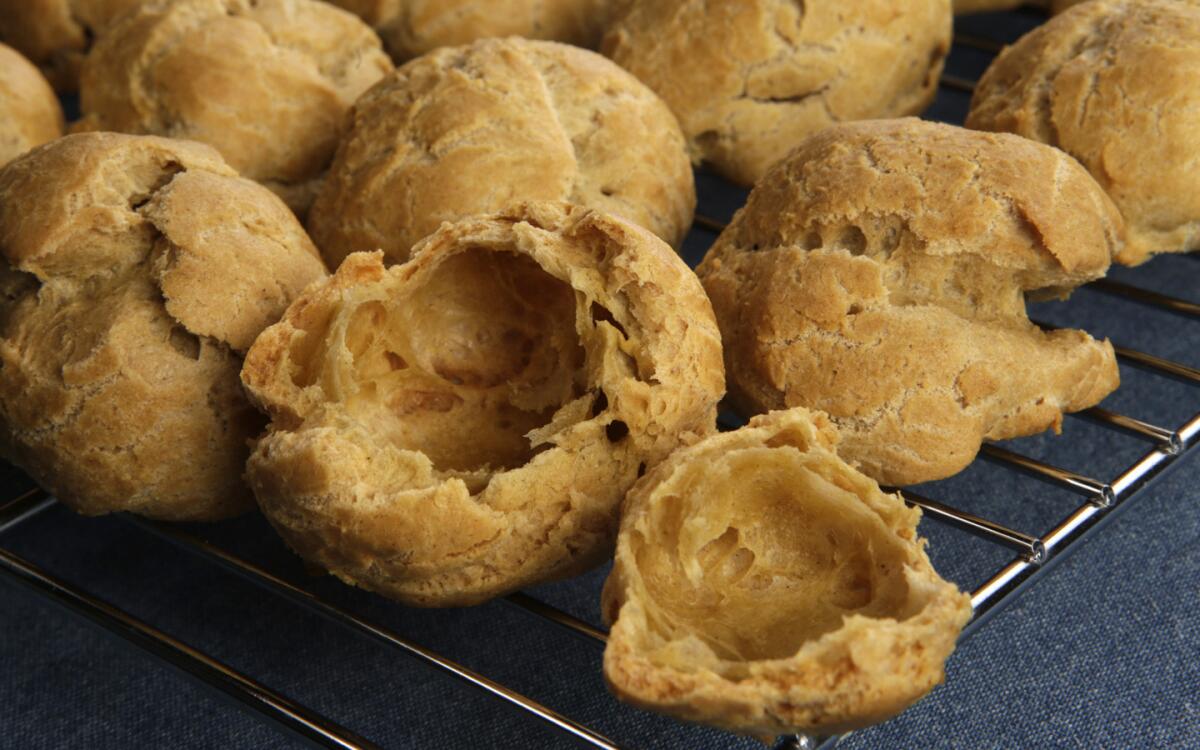
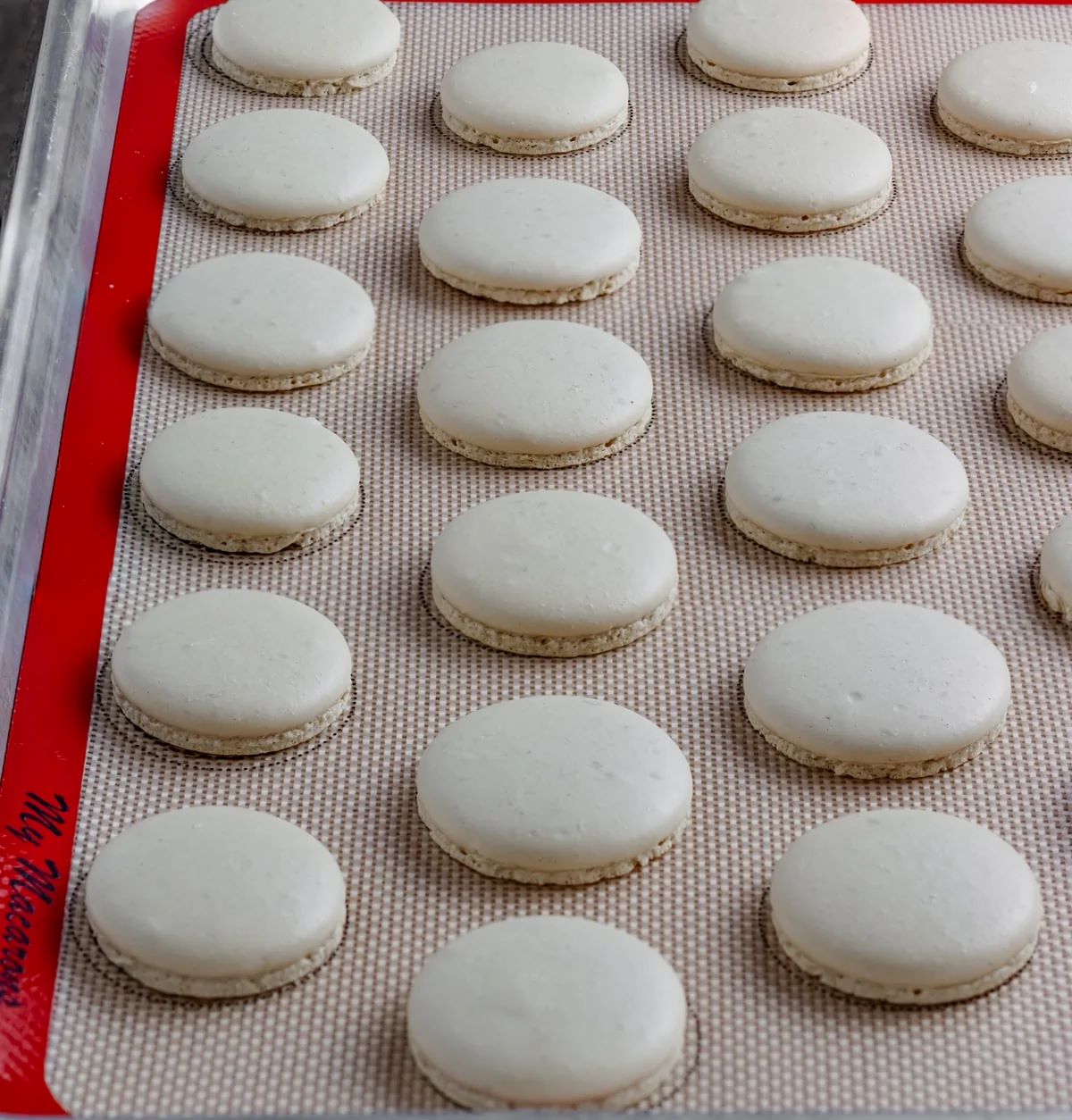
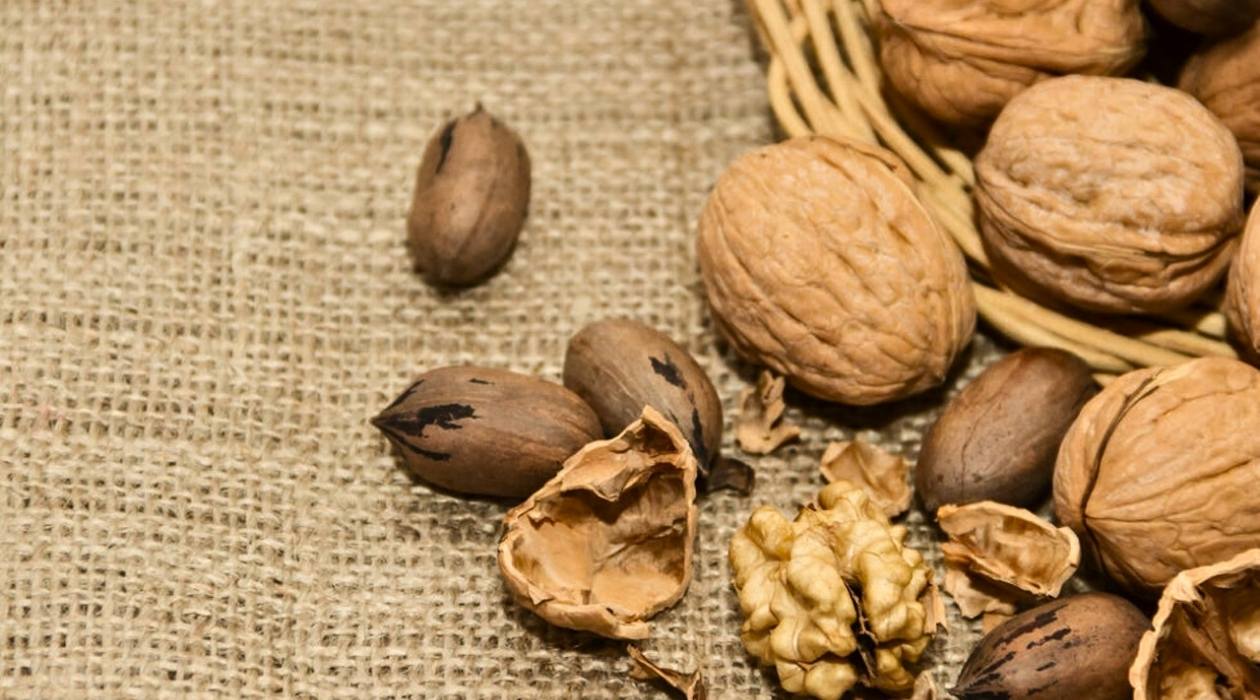
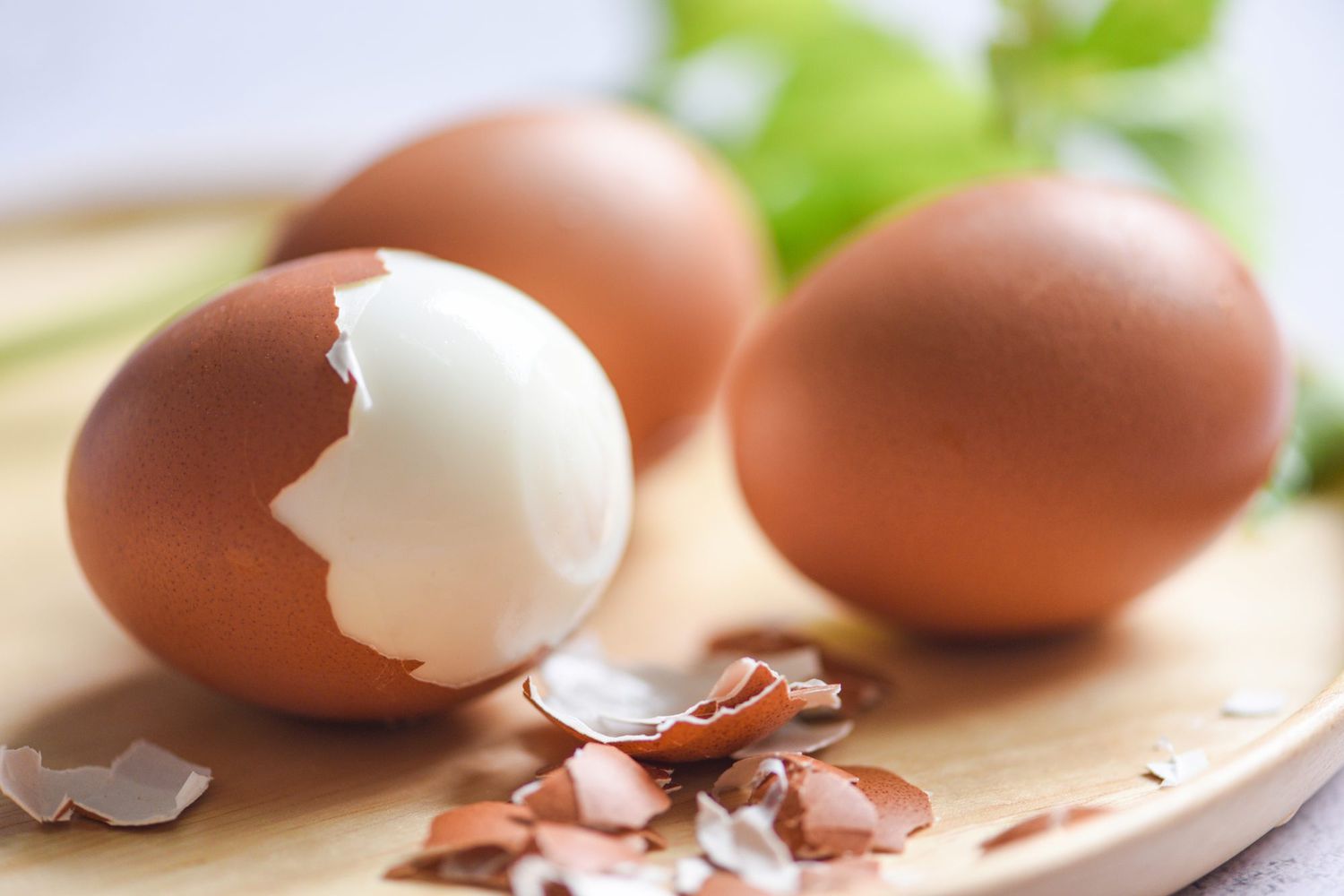
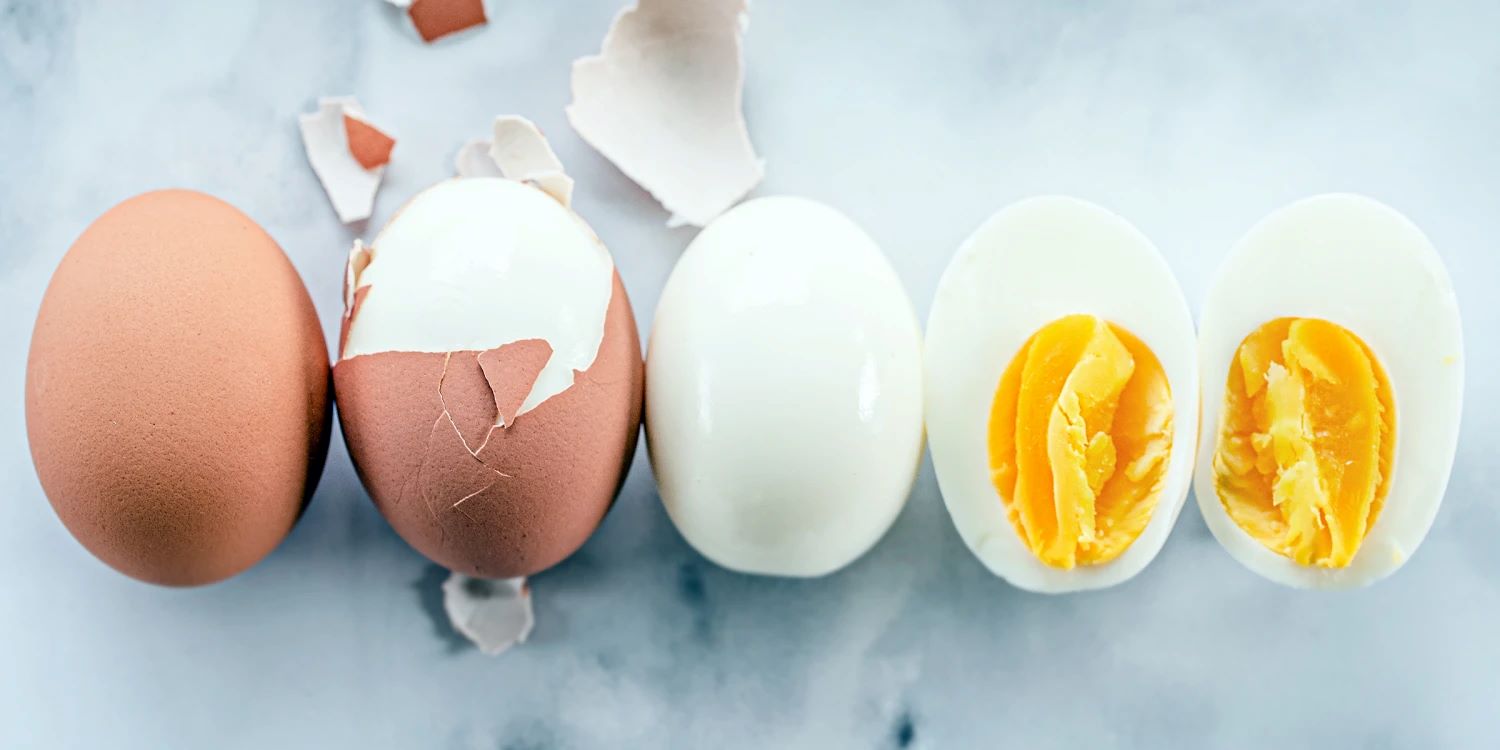

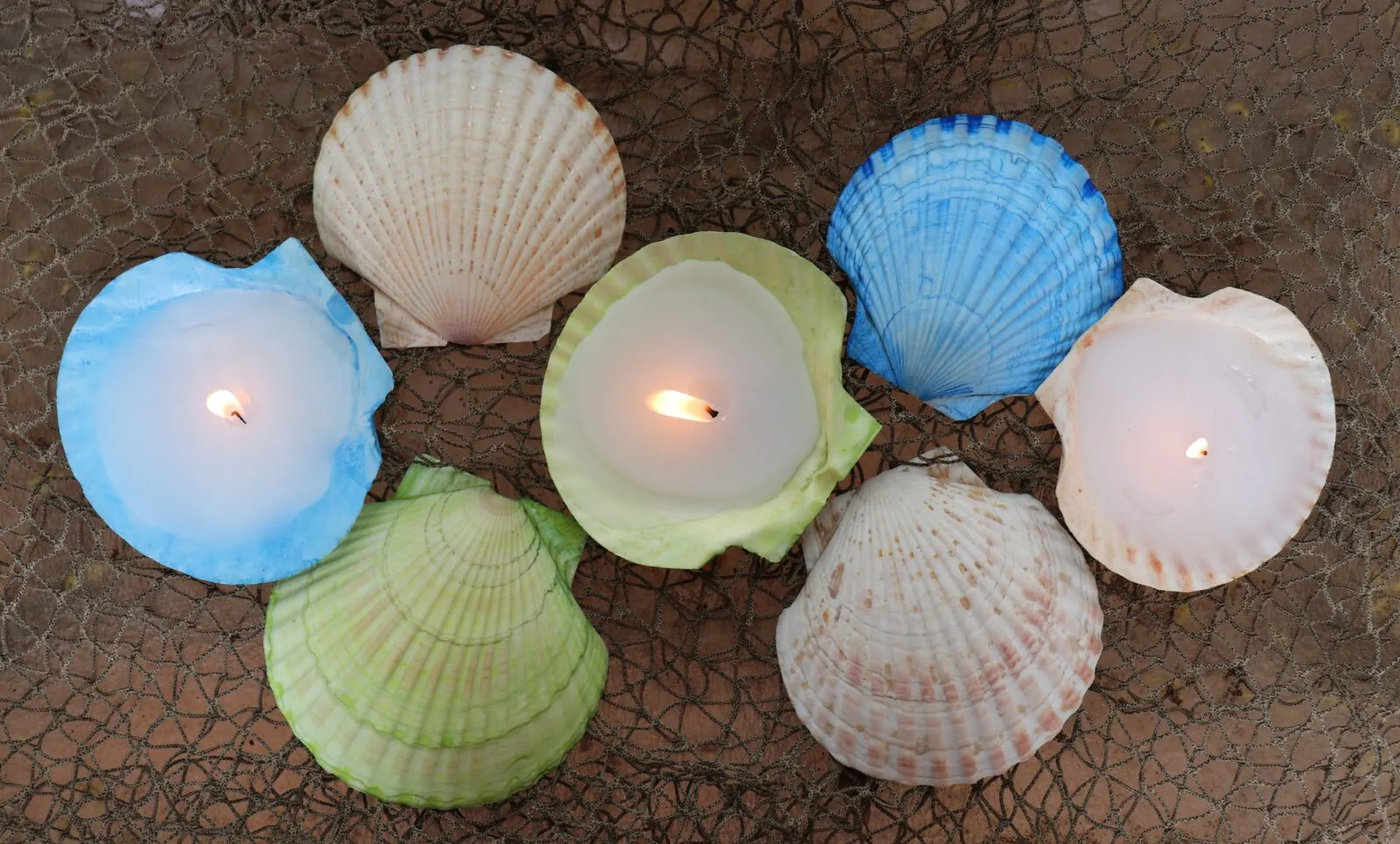
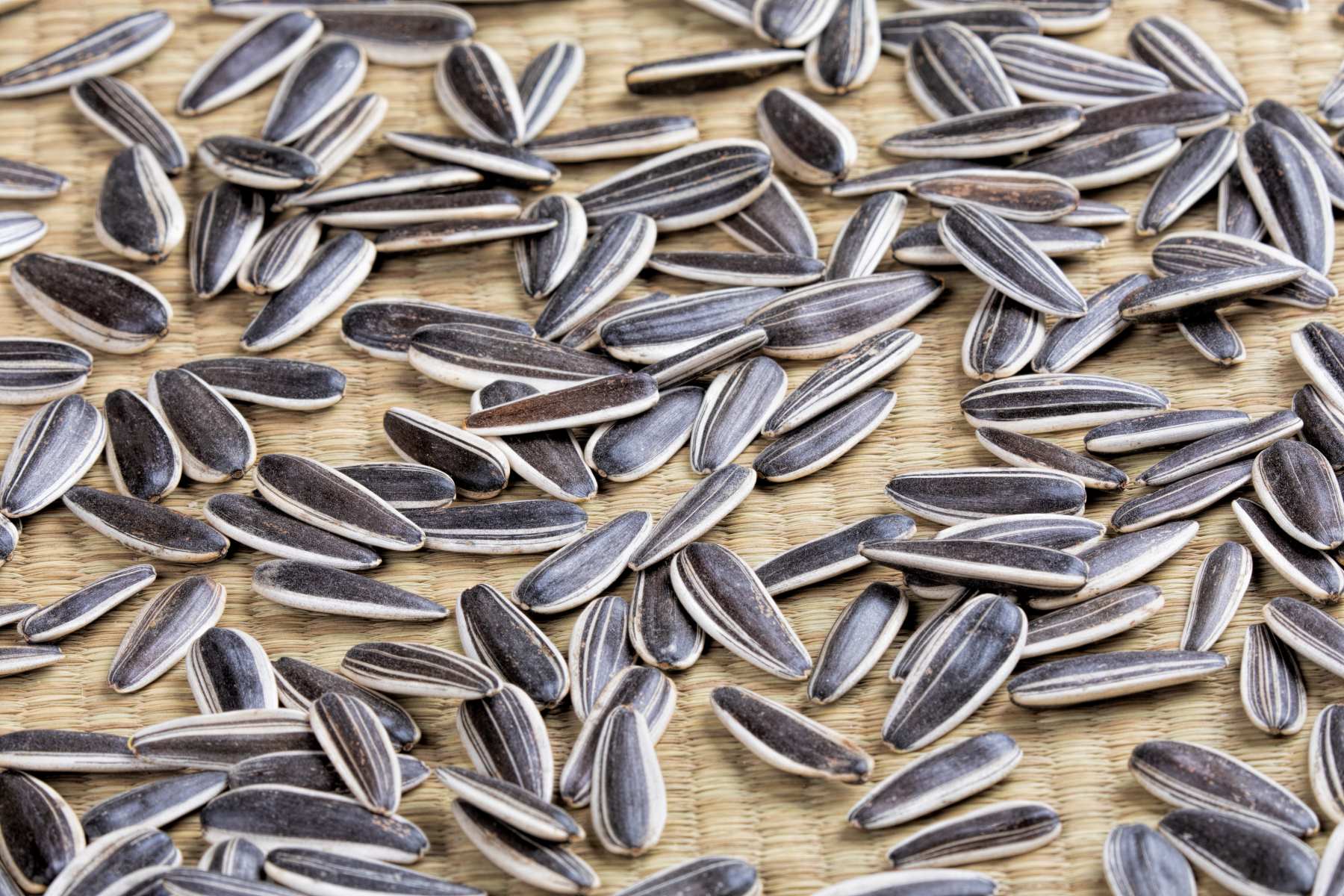

0 thoughts on “How To Store Shelled Pistachios”